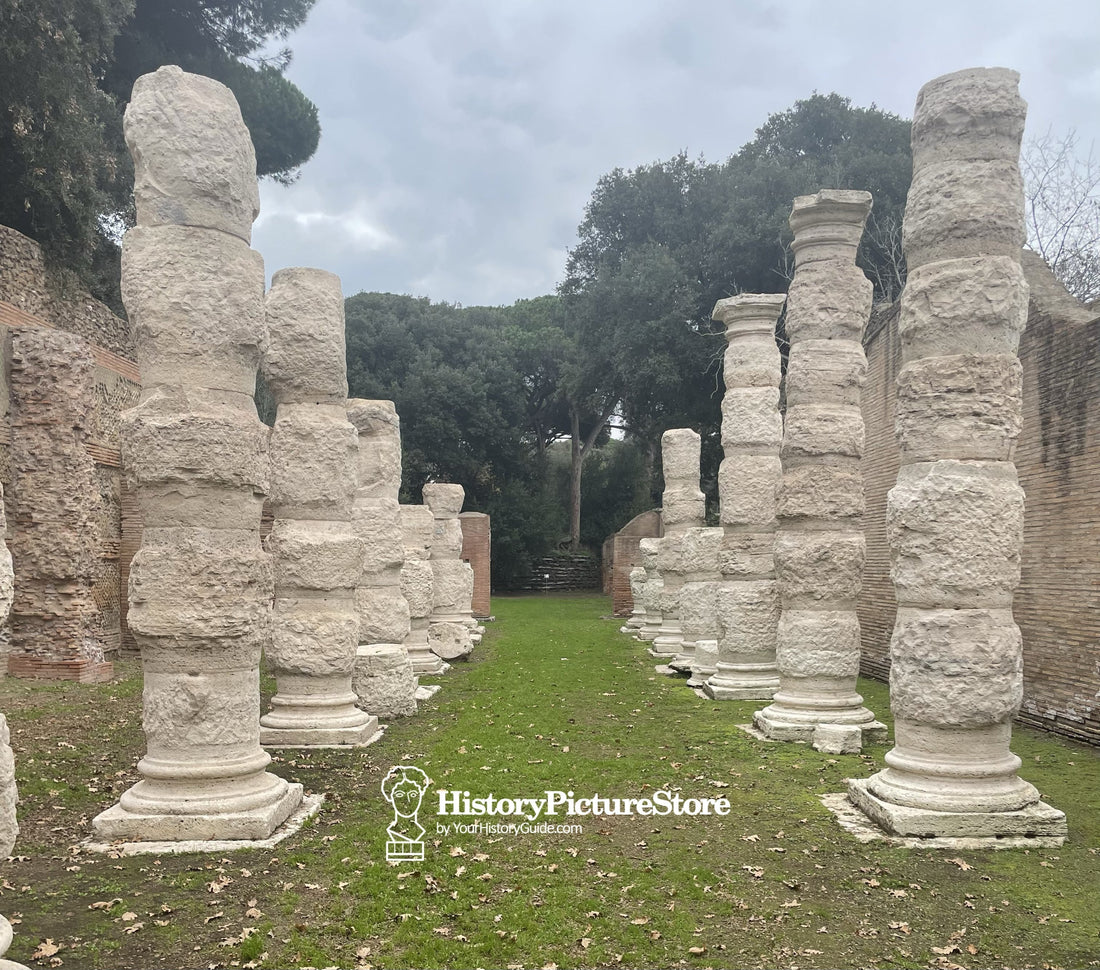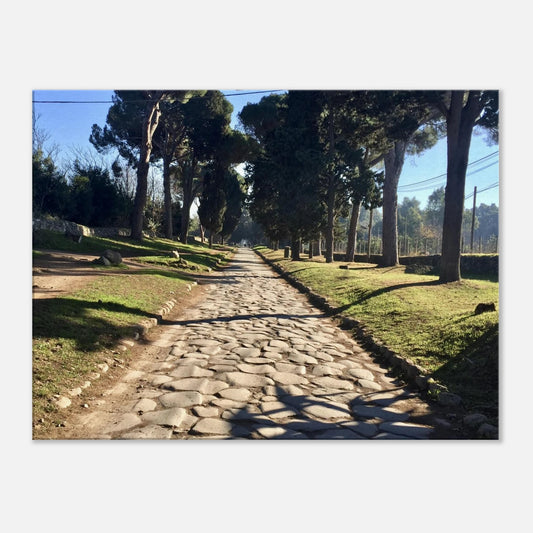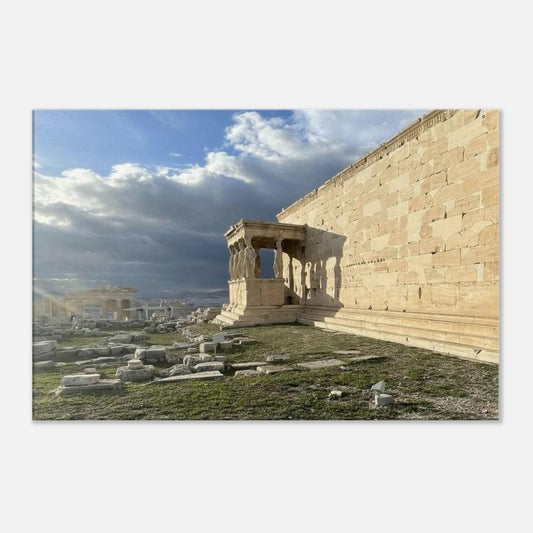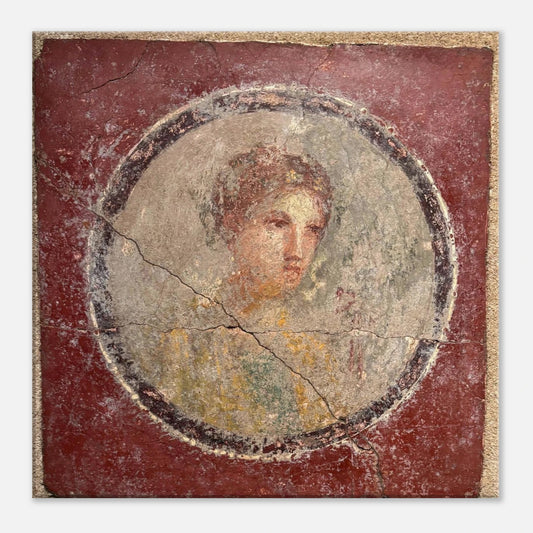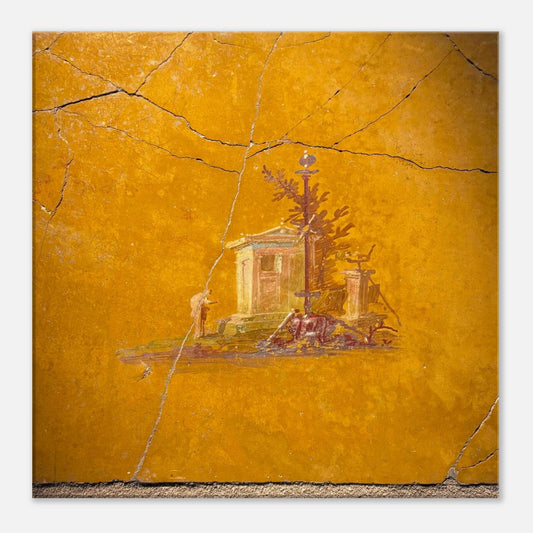The Imperial Harbour of Portus: Rome's supply lifeline.
Lindsey HallThe hunger of Rome was legendary. A million mouths to feed required a supply chain that stretched across the Mediterranean, culminating in the engineering marvel that was Portus.
First built by Claudius around 46 AD, then expanded by Trajan into the hexagonal harbor whose remains still puzzle visitors today. This wasn't just a port; it was Rome's lifeline, where Egyptian grain ships, Spanish olive oil vessels, and exotic cargo from across the empire converged to keep the capital alive.
Having visited Ostia many times and always loved it, I had long wanted to visit the Imperial Harbours of Claudius and Trajan at Portus. On this day, I finally made the journey.
The Odyssey to Get There
Getting to Portus is an adventure in itself, requiring patience and determination that mirrors the ancient merchants who once navigated these waters. The site sits awkwardly between Rome and the coast, accessible only by a combination of trains, buses, and considerable walking.
First Impressions: Echoes of Empire
Standing at the one available vantage point overlooking the inner basin, I tried to reconcile what I saw with what I knew had been here. The scale hits you first; this hexagonal harbour was massive, larger than I had anticipated even after studying the plans. Where the wind now ripples the surface, massive grain ships from Alexandria once jockeyed for position, their holds bursting with wheat that would become bread for Rome's masses.
The remains speak, but quietly. Towering brick ruins punctuate the landscape like broken teeth, and you need imagination to flesh out their stories. Unlike Ostia, where mosaics and preserved buildings whisper intimate details of daily life, Portus demands more from its visitors.
A Moment of Connection
But then, walking beside the Darsena, with the remains of ancient warehouses on my left, something shifted. For a brief moment, the past felt tangible. I could almost hear the creak of ropes, the shouts of dock workers, the splash of oars. Ships once moored here, their precious cargo destined for Rome's consumers. These one massive warehouses, now just foundation stones and broken walls, once buzzed with activity as goods were sorted, stored, and loaded onto river barges for the journey up the Tiber.
The canal is now a stagnant pond, but close your eyes and you can picture it alive with traffic: barges heavy with amphora, officials checking manifests, merchants haggling over prices. This was where the empire's wealth flowed like water.
The Colonnacce: Witnesses to Glory
One of the site's most striking features is the travertine Colonnacce—the "bad columns" of Claudius's original portico. These weathered sentinels date from the first century AD, when Claudius first dared to build a harbour that could satisfy Rome’s hunger.
Standing among these ancient columns, I thought about the ambition it took to build here. Roman engineers didn't just work with the landscape; they reshaped it entirely, creating artificial islands, digging canals … challenging the very sea itself.
Stories in Stone
While Portus may not offer the intimate domestic details of Pompeii or the well-preserved streetscapes of Ostia, it tells different stories; stories of imperial ambition, of engineering triumph, and ultimately, of decline. This was where Egyptian grain ships sought shelter from Mediterranean storms, where exotic spices from India touched Roman soil, where the wealth of an empire was sorted and distributed.
The lighthouse that once guided ships safely to harbour is gone. The massive moles that protected the harbour from storms have long vanished under silt. The imperial palace that overlooked this maritime empire remains frustratingly closed to visitors. But if you know where to look, the bones of the story are still here.
Practical Reflections
I'll be honest; if you're coming to Portus expecting the immediate visual impact of Ostia, you may leave disappointed. This site requires preparation, imagination, and patience. The journey is an odyssey, the facilities minimal, and much of what made Portus magnificent has been claimed by time and tide.
But for those willing to work for their history, Portus offers something unique: the chance to stand where the practical realities of feeding a million people were solved through Roman ingenuity and engineering.
Would I Recommend It?
If you're fascinated by the logistics of empire, by engineering marvels, or by the rise and fall of great civilisations, then yes …make the journey. Just come prepared with knowledge, imagination, and realistic expectations.
As I walked back through those broken foundations, I realised that Portus had given me something after all: a deeper appreciation for the complexity of keeping Rome alive. Every grain of wheat, every amphora of oil, every luxury item that graced a Roman house in the Imperial age likely passed through here. That's a story worth the journey, even if you have to dig a little deeper to find it.
